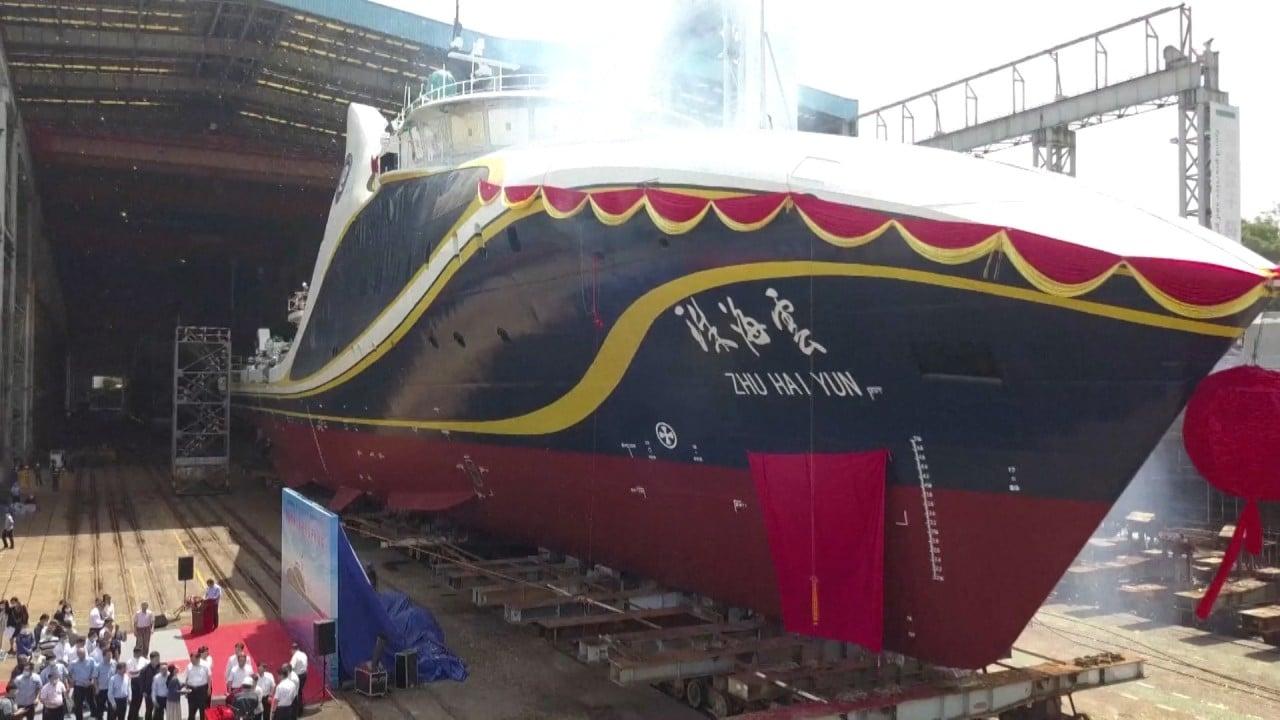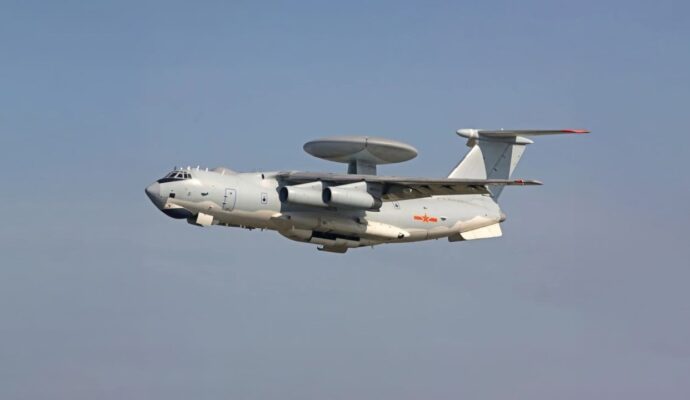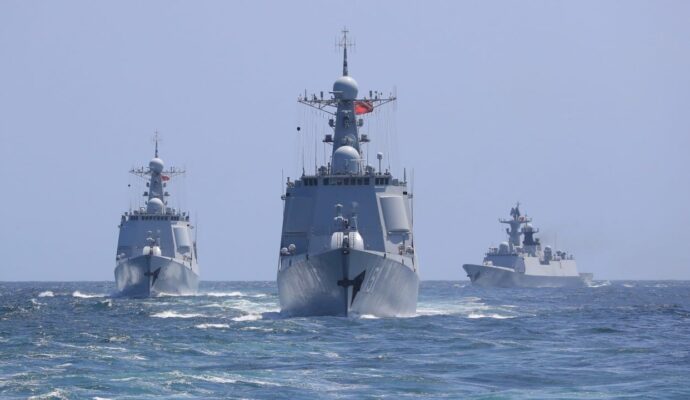
But when the researchers put the AI designer to the test, with more than 400 challenging tasks, it “achieved 100 per cent accuracy”, said the team led by Luo Wei, a senior engineer with the ship design centre.
They said there was room for improvement, but the AI designer was “ready for engineering applications” in China’s shipbuilding industry to boost the speed of warship manufacturing.
There are growing concerns among some nations over China’s expanding military and its capacity to produce warships – particularly in the United States.
US Navy Secretary Carlos Del Toro told reporters in Washington last month that China had 13 shipyards for warship production, and “one shipyard has more capacity than all of our shipyards combined”.
“That presents a real threat,” he said.
China plans to have more than 400 warships by 2025, which would be about a third more than the US fleet.
Del Toro noted that the Chinese aircraft carrier fleet would remain smaller than America’s, but he said most of China’s warships were new and equipped with the latest technology, while a large proportion of the US naval fleet was close to retirement age.
He said the US had the advantage of a higher quality labour force. “They [China] use slave labour in building their ships, right – that’s not the way we should do business ever,” Del Toro said. “In many ways our shipbuilders are better shipbuilders.”
According to Luo’s team, the AI designer project received funding from the Chinese military because design was the main area holding back the speed of production, rather than shipyard delays.
They said that when the navy made changes to requirements for a new ship it could affect the whole design or create errors – a time-consuming process that the military hoped could become more efficient with the use of AI.
The team compared their AI designer to those being developed by large technology firms such as Google to speed up computer chip design, noting there were key differences.
One is that there is no room for error in warship design, but the AI chip designer can make a few mistakes, according to the paper.
It also noted that an AI chip designer could be used to make a large number of products – meaning a lot of computing resources could be allocated to train it and the company could still make a profit. But an AI warship designer was just working on one vessel, without the resources of Big Tech.
The team’s warship designer is not an AI system that learns and makes decisions on its own without human intervention – it is a machine that operates with guidance from humans.
It begins by consulting a database of Chinese ship design knowledge and experience from past decades, then comes up with a design that is again checked against the database. Luo’s team said the approach had significantly reduced the amount of computing resources required and eliminated errors.
While the researchers noted that the AI designer’s effectiveness had so far only been proven for the layout of electrical systems, they said it had carried out these design tasks much faster and more accurately than humans, and that it could easily be used with a small computer system.
“Other countries may have developed similar systems, but they have not disclosed them publicly due to the military sensitivity,” they added.



